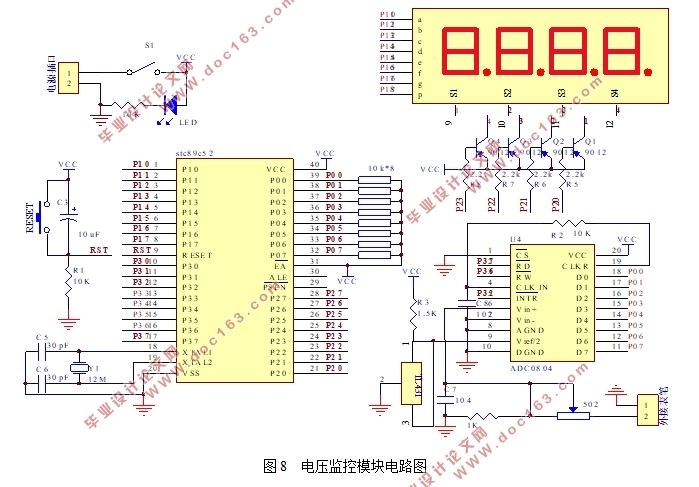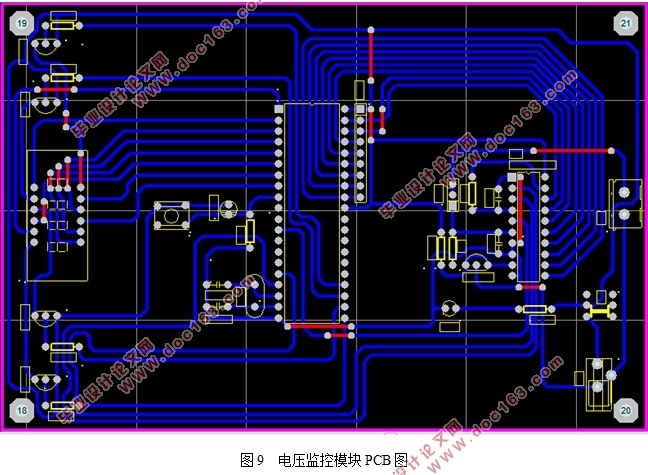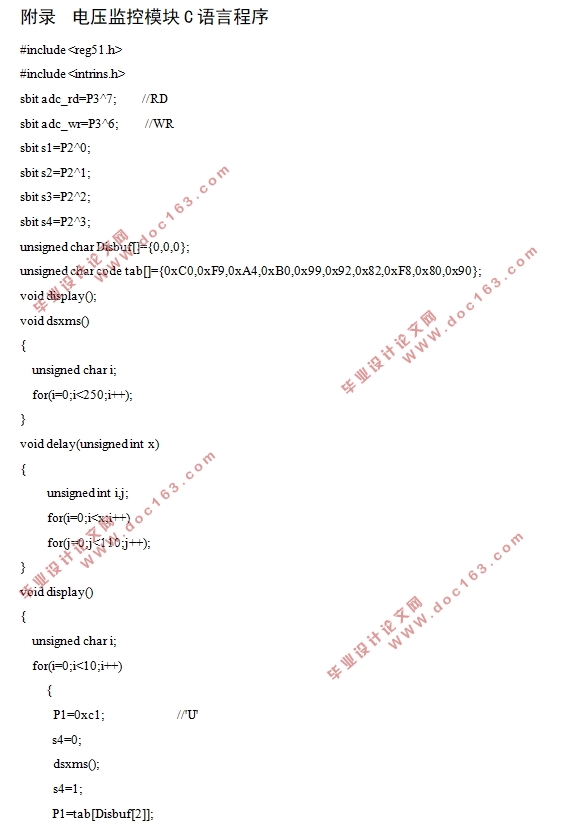光伏发电控制技术研究(附电路图,PCB图)

1.无需注册登录,支付后按照提示操作即可获取该资料.
2.资料以网页介绍的为准,下载后不会有水印.资料仅供学习参考之用.
密 惠 保
光伏发电控制技术研究(附电路图,PCB图)(论文14000字)
摘要:随着科技的发展和环境污染的加重,新能源的开发和利用势在必行。太阳能是世界上分布最广、规模最大的可再生资源之一。世界各国都很关注太阳能技术的发展。其中光伏发电是利用太阳能的主要方法。
本文阐述了近年来光伏发电技术在国内外的发展状况,分析了光伏电池的特性并建立了其数学模型。阐述了几种最大功率点跟踪的控制方法,并搭建了一个小型独立光伏发电系统的实际模型。
关键词:光伏发电;最大功率点跟踪技术;离网发电系统
Research on Photovoltaic Power Generation Control Technology
Abstract:With the development of science and technology and the pollution of the environment,the exploitation of new energy is imperative.Solar energy is one of the largest renewable resources in the world.Most countries in the world are concerned about the development of solar energy.Photovoltaic power generation is the main way to use solar energy.
This report describes the development of photovoltaic technology in-and-out the country recent years,analyzes the characteristics of photovoltaic cells and builds its mathematical model.It also tells some ways to control the MPPT and builds a practical model of small off grid photovoltaic power generation system. [版权所有:http://think58.com]
Key words:Photovoltaic power generation;Maximum power point tracking;Off grid generation system



目 录
1 绪论……………………………………………………………………4
2 光伏发电在国内外的发展状况………………………………………4 [资料来源:http://THINK58.com]
2.1 国外太阳能光伏产业发展现状…………………………………………………………4
2.1.1 发展概况…………………………………………………………………………4
2.1.2 产业政策…………………………………………………………………………4
2.1.3 产业规模…………………………………………………………………………5
2.2 国内太阳能光伏产业发展现状…………………………………………………………6 [资料来源:http://think58.com]
2.2.1 发展概况…………………………………………………………………………6
2.2.2 产业政策…………………………………………………………………………6
2.2.3 技术发展…………………………………………………………………………6
2.2.4 发展前景…………………………………………………………………………7
2.2.5 面临的问题………………………………………………………………………7
[来源:http://www.think58.com]
3 光伏发电原理…………………………………………………………8
3.1 光伏效应…………………………………………………………………………………8
3.2 光伏电池阵列……………………………………………………………………………8
3.3 光伏电池的等效电路……………………………………………………………………8
3.4 单体光伏电池的电量方程………………………………………………………………9
4 光伏发电系统………………………………………………………10
4.1太阳能电池阵列…………………………………………………………………………11
4.2蓄电池……………………………………………………………………………………11
4.3光伏控制器………………………………………………………………………………12
4.3.1 电源稳压模块…………………………………………………………………12
[资料来源:http://THINK58.com]
4.3.2 过充放电保护模块……………………………………………………………13
4.3.3 电压监控模块…………………………………………………………………13
4.3.4 外部负载………………………………………………………………………18
5 实物搭建及调试结果………………………………………………19
6 结论…………………………………………………………………22
[资料来源:THINK58.com]
7 后续讨论……………………………………………………………22
参考文献…………………………………………………………………23
附录………………………………………………………………………24
致谢………………………………………………………………………27
[资料来源:THINK58.com]
